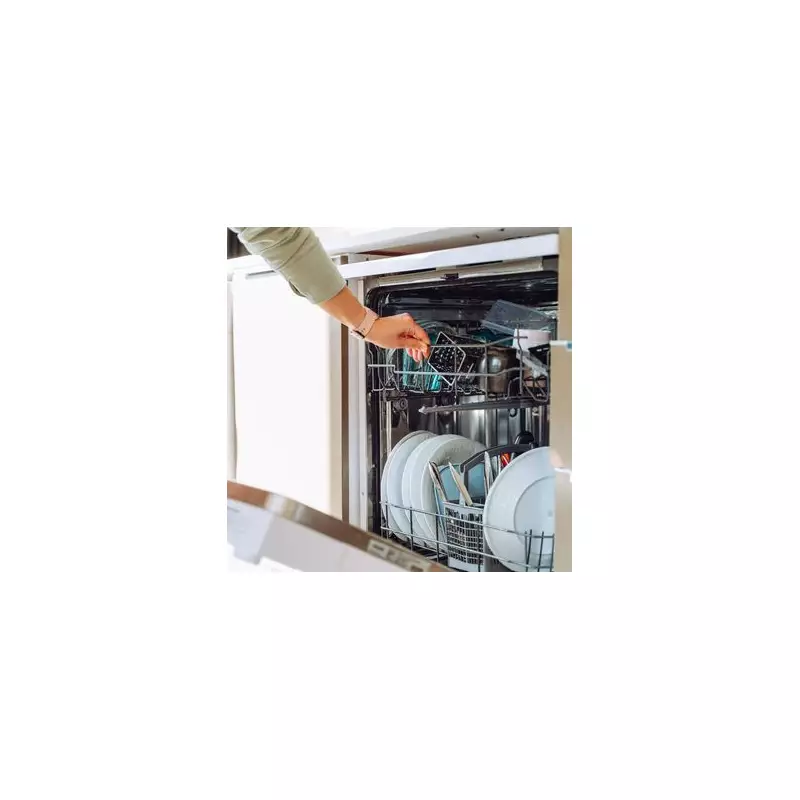
For many households across the UK, the dishwasher stands as a modern marvel, liberating us from the daily chore of hand-washing dishes. However, this trusty appliance requires specific care and products to function correctly - and making one simple substitution can lead to a domestic catastrophe.
The social media warning that went viral
Alison Hall recently learned this lesson the hard way when she documented her dishwasher disaster on Instagram. Having run out of her usual dishwasher tablets, Alison decided to use a small amount of ordinary washing-up liquid instead, assuming both products served the same fundamental purpose.
What followed was a scene straight out of a slapstick comedy film. Her kitchen floor became flooded with bubbles and foam pouring from the bottom of the appliance. Alison confessed in her video: "You know what's one thing you should never ever do? And I knew that you shouldn't do this. I knew it deep down in my bones."
Why dishwashers can't handle washing-up liquid
The chaos occurs because dishwasher detergent and washing-up liquid are formulated completely differently. Dishwasher tablets contain enzymes designed to break down food residue without creating suds. Conventional washing-up liquid, however, is specifically engineered to produce copious amounts of bubbles when agitated with water.
Dishwashers lack the mechanisms to contain or manage this foam, leading to the soapy overflow that Alison experienced. Her machine displayed an error sign and refused to drain properly, forcing her to manually bail out the soapy water with a bowl before running multiple cycles to restore normal function.
How to fix a washing-up liquid disaster
If you accidentally use washing-up liquid in your dishwasher, immediate action can prevent lasting damage. First, stop the wash cycle immediately to prevent more bubbles from forming. Use dry towels to mop up any spilled soapy water.
Next, press the drain button on your appliance and remove all dishes. To eliminate lingering soap, pour approximately 60ml (a quarter cup) of vegetable or cooking oil into the bottom of the empty dishwasher and run a quick wash cycle without detergent.
Finally, run another complete wash cycle to ensure all soap residue has been removed. Leftover soap could lead to soap scum buildup and potential long-term issues with your machine's functionality.
As Alison wisely concluded in her social media warning: "Never ever ever use dish soap in place of detergent." The temporary convenience simply isn't worth the bubbly aftermath and potential repair costs.





